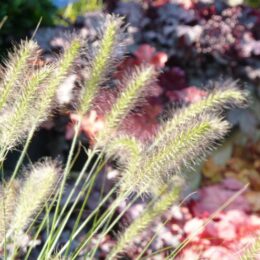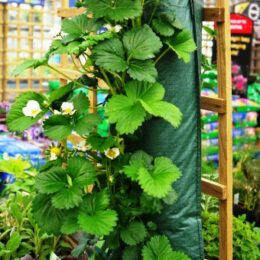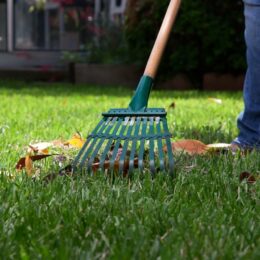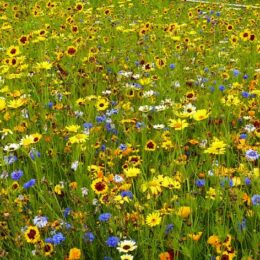While out and about in the garden over the weekend you may have noticed an unwanted specimen twining itself around the stems of your emerging perennials.
This is actually a herbaceous perennial plant known as ‘bindweed’, and whilst it may look pretty harmless with its green heart-shaped leaves and trumpet-like flowers, it is in fact an invasive weed that can rapidly grow and choke anything in its path, eventually taking over the garden if left unchecked.
There are two types of bindweed:
- Hedge bindweed or bellbind (Calystegia sepium): Large leaves with large white flowers emerging in the summer. Its strong twining stems are capable of smothering hedges, shrubs, and small ornamental trees.
- Field bindweed (Convolvulus arvensis): A slightly smaller, weaker stemmed bindweed with small white or pink flowers. Typically inhabits roadsides, grasslands, and along streams.
The best form of action is to dig out bindweed as soon as it appears. However, it is not easy to remove as it is formed from a perennial rhizome root system which can be deeply rooted up to 5m down. Most growth however is from white, shallow fleshy underground stems.
Note: Even if a small piece of root is left in the soil, a new plant will soon reappear!

The root of a bindweed can reach 5m
Non-chemical control
- Digging: Be mindful to remove any noticeable roots when carrying out any routine autumn and winter digging. Dig out new shoots as soon as they appear in spring.
- Hoeing: In spring when it is not possible to dig without disturbing other plants, sever the weed at ground level, repeat as new growth reappears through the season.
Chemical control
- Weedkiller: The most effective form of control is with the ‘non-selective’ weedkiller glyphosate, which is absorbed through the leaves and moves down to the roots, killing the plant from within. ‘Non-selective’, as the term suggests, means the weedkiller is not selective about which plant it kills, therefore it is very important to avoid contact with neighbouring plants.
If the weed has already started to grow around other plants, untwine it, lay it on the bare ground before applying the weedkiller to the foliage.
Treatment is most effective when the weed is flowering in summer, although it will still work on good leaf coverage in spring and into autumn.
Now is a good time to insert vertical bamboo canes close to the weed to encourage it to grow up the canes rather than smothering plants. Once there is a good level of leaf coverage carefully spot-treat.
Lawn weedkillers
- Bindweed can also grow through lawns, regular mowing will help keep bindweed under control.








